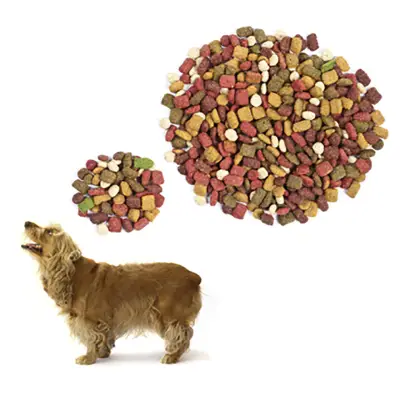Herpetology is the fascinating study of all things scaly, and the world of reptiles and amphibians is weird and wonderful in equal measures! Many budding herpetologists long to keep reptiles for themselves, and various lizards, terrapins, and tortoises are all popular choices. However, perhaps the most iconic reptile pet is the snake. In this blog, we’re going to look into the best snakes to keep as pets and how to care for them.
Jump to:
What is the Best Snake to Have as a Pet?
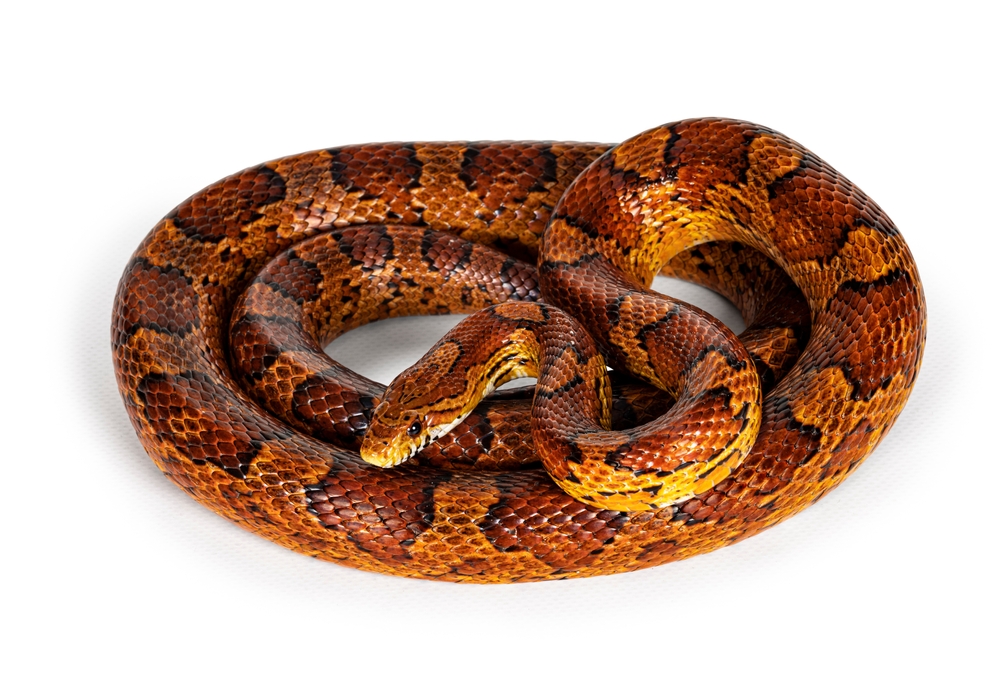
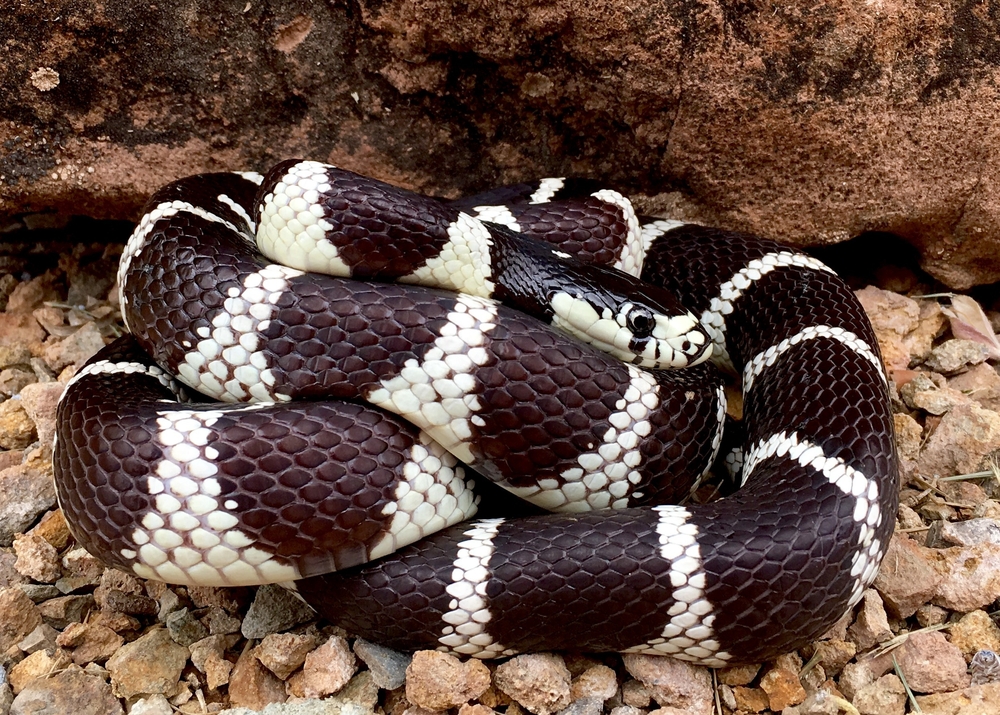
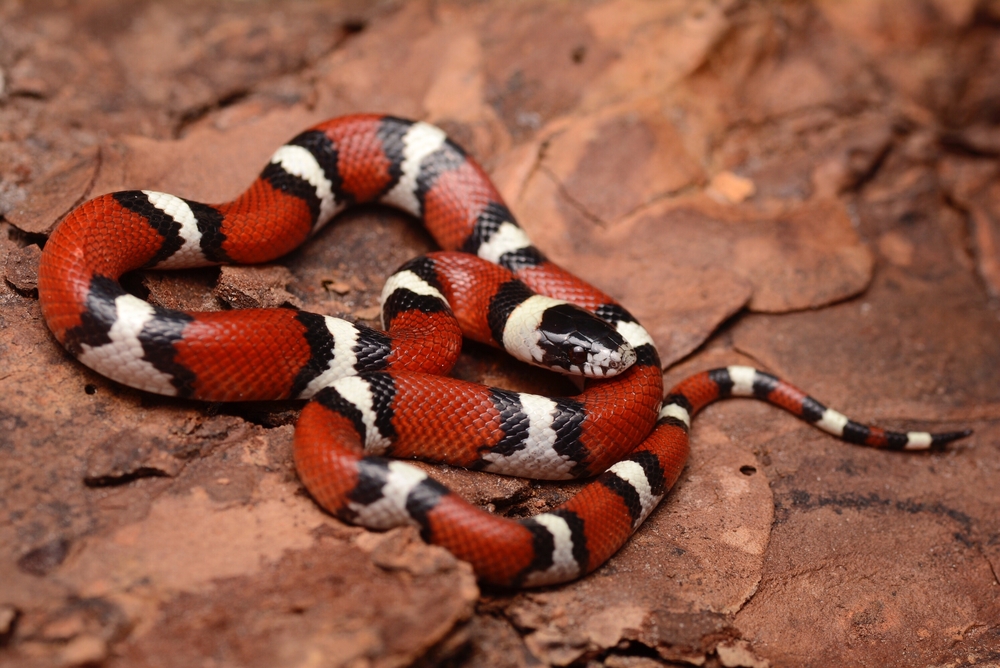
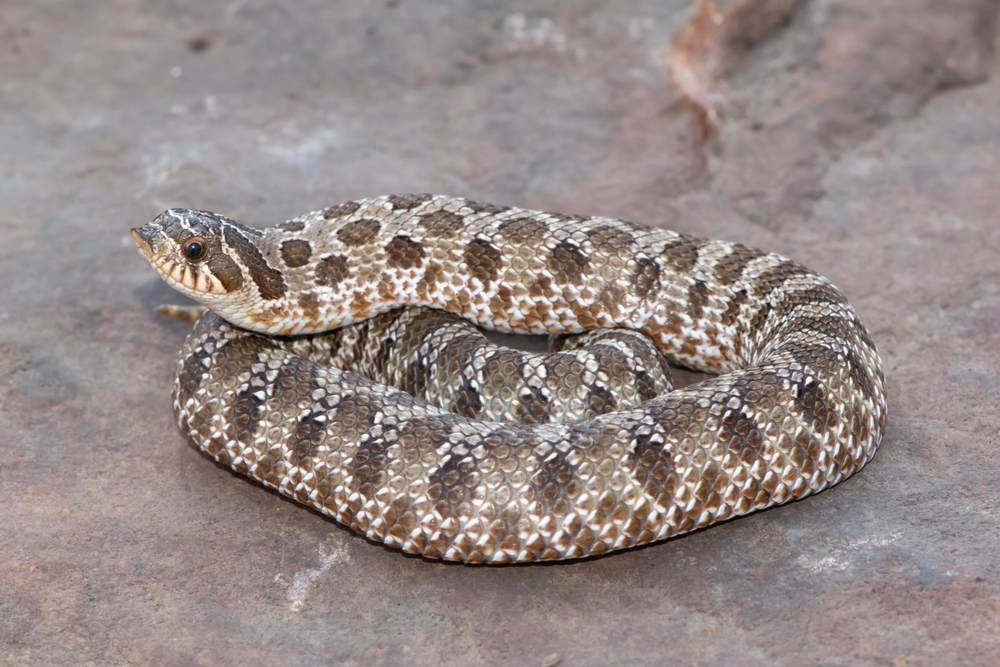
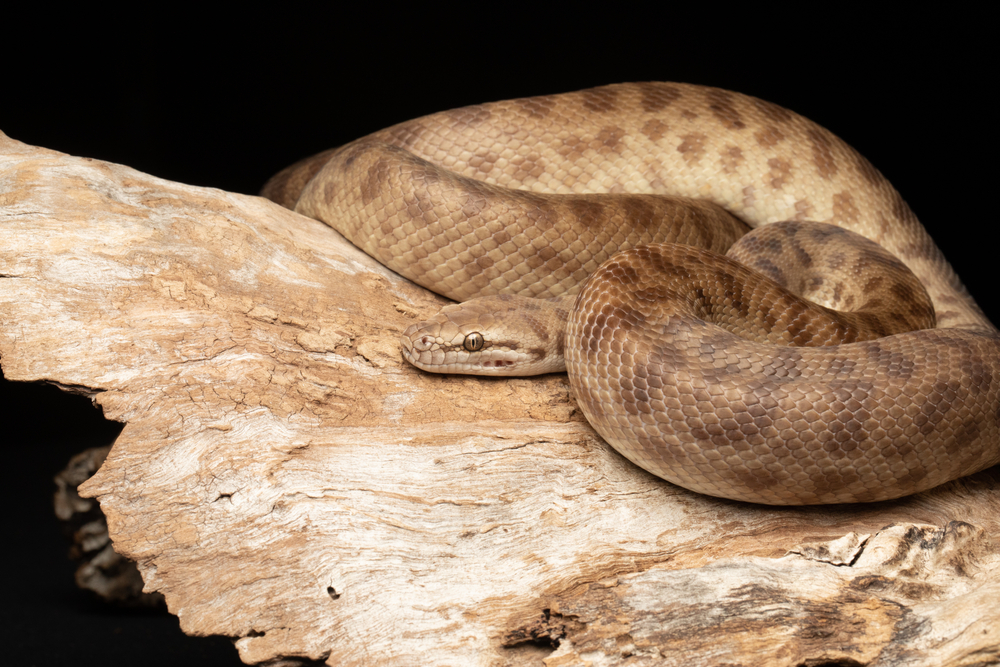
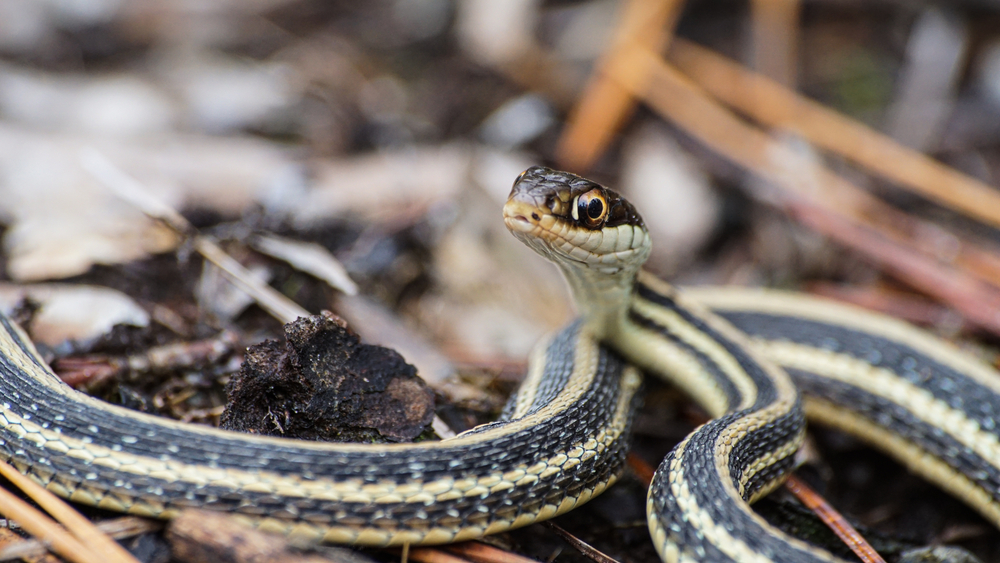
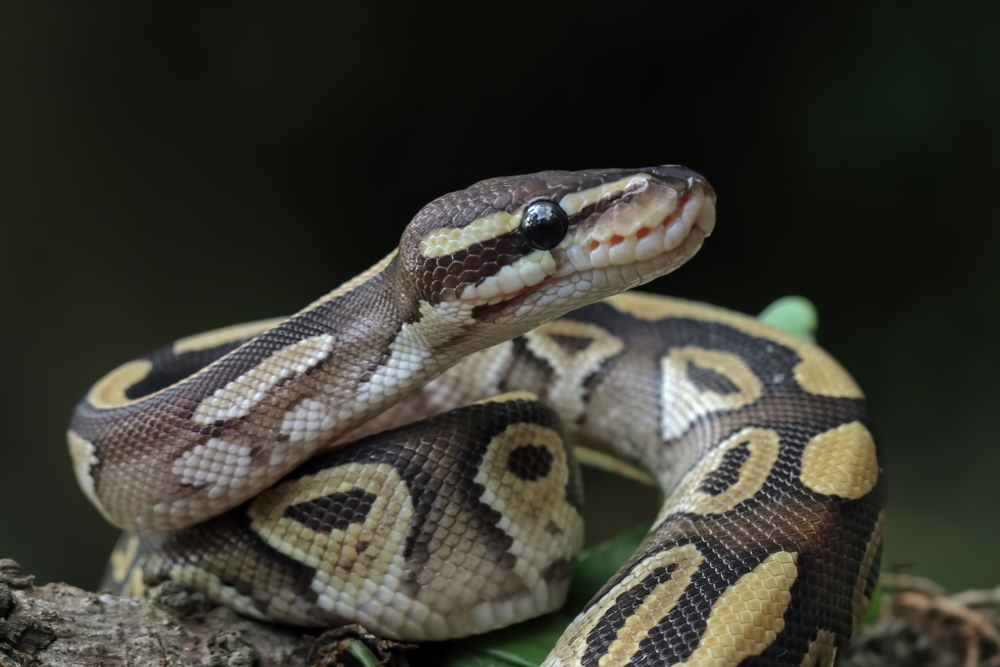
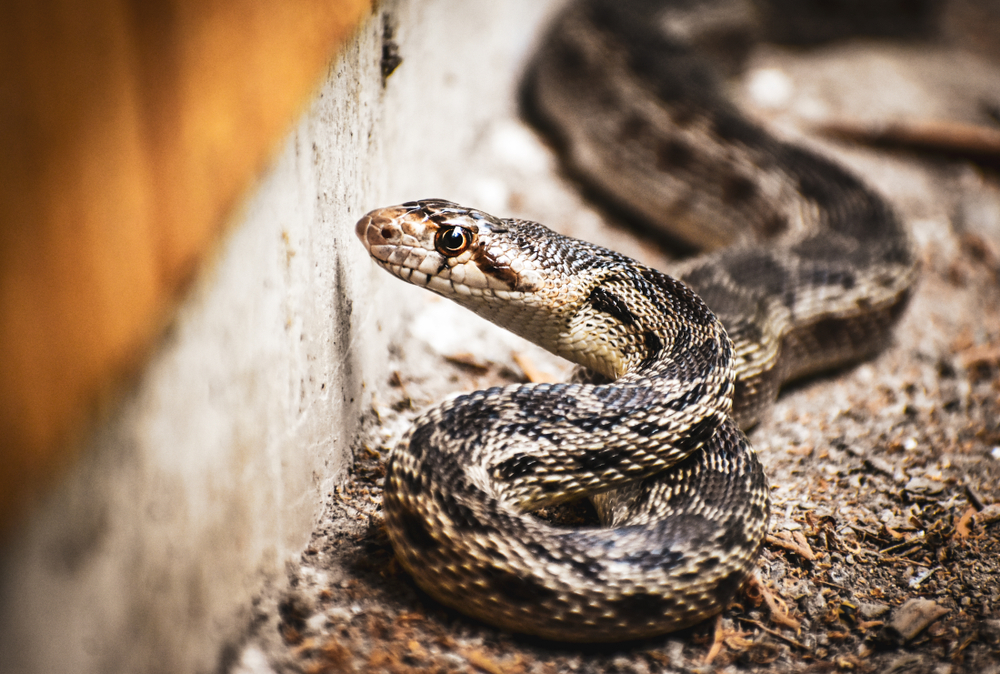
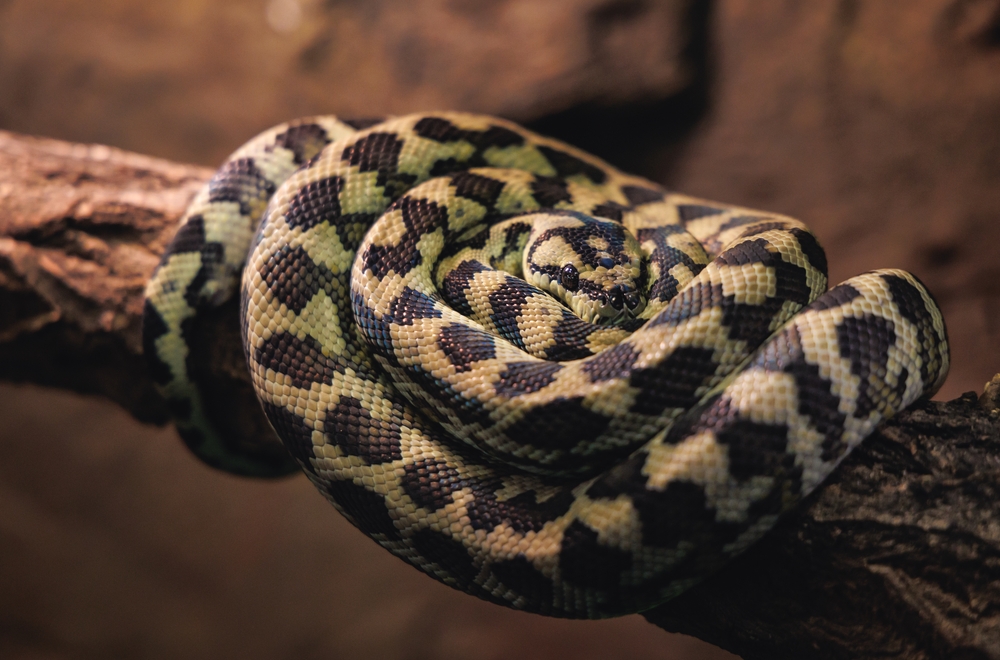
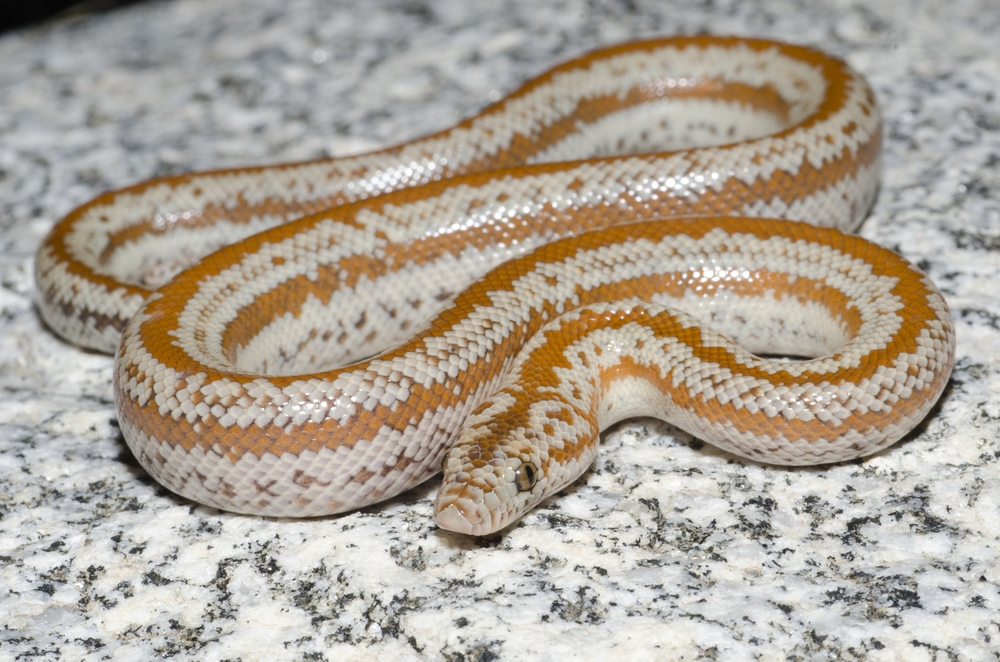
Aside from venomous snakes and massive constrictors like the Anaconda and the Reticulated Python, many species of snake make good pets. However, some are especially easy for beginners to care for, so - unless you’re a more experienced snake wrangler - we'd recommend the following types:
Corn Snake
Perhaps the most popular snake for beginners, Corn Snakes are from the US, and come in various reddish, brown, orange, and yellow colours. They can grow to around 3-6 feet long and live up to 20-25 years. Corn Snakes are best fed pink mice, and are easy to handle due to having docile and gentle personalities.
California King Snake
Most King Snakes are easy to keep, but the California variety is a particularly popular pick. They are browny-black with yellow bands or freckles and can grow similar in size to a Corn Snake. However, King Snakes are more active during the day than Corn Snakes and are tricky escape artists. Be patient when handling them though, as they can be shy!
Milk Snake
A separate species of King Snake that’s native to the US and Mexico, the black, white, orange, yellow, and red Milk Snake is easy to care for. Although it looks a bit like the venomous Coral Snake, the Milk Snake is a placid reptile that can live for 20 years and grow to 6 feet long. Always keep multiples separate, as they can be cannibalistic.
Western Hognose Snake
Another snake from the US, Mexico, and Canada, the Western Hognose has a cute upturned nose for burrowing, and eats toads, lizards, and mice in the wild. They grow up to 5 feet in length. Don’t be alarmed if they flatten their heads and hiss, as they are almost never aggressive and would rather play dead when threatened!
Children's Python
Named by the zoologist John George Children, this nocturnal Australian python only needs basic care and eats mice and rats. They’re small to medium-sized for a python (2-4 feet long), but are a little muted in colour. This python can live up to 30 years, and responds excellently to gentle and regular handling.
Garter Snake
One of the most common snakes in the world, US Garter Snakes are happy eating worms and small fish, and are usually content as long as they have a basking lamp. They won’t grow beyond 4 feet long and are skinny, so they’re relatively small. Garter Snakes come in various colours, live for up to 10 years and are active in the daytime.
Ball Python
Named for their endearing habit of curling into a ball when scared, these snakes are picky eaters and are slow to trust their owners, but are docile and calm. They come from Africa, and tend to be nocturnal and partial to humidity. Living for up to 30 years and reaching 5 feet long, Ball Pythons come in 500+ different colours and patterns!
Gopher Snake
A US snake that’s sometimes known as the Bull or Pine Snake, Gopher Snakes are often misidentified as rattlesnakes, as they will also hiss and shake their tail when feeling threatened. However, their bite is non-venomous and they’re calm when bred in captivity. They like basking lamps, grow up to 7 feet, and live for up to 20 years.
Carpet Python
Coming from Australia and growing up to 12 feet long (although around 6.5 feet is more common), Carpet Pythons are far larger than the Children’s Python. They can be prone to nipping their handlers when they’re young, but captive-bred adults are reasonably docile. They come in a wide range of colours and can live for 20 years.
Rosy Boa
A US and Mexican snake, Rosy Boas are rosy-brown and white in colour and tend to do well in captivity, as they rarely strike or bite. They also enjoy being handled, which is a definite plus for some owners. They can live for up to 30 years, and grow to around 4 feet long. Rosy Boas appreciate some vertical space in their tanks, so they can climb.
We’d like to give an honourable mention to the common Boa Constrictor at this point, as they are also easy to care for and can be very tame when they’re handled regularly. However, they grow to 16 feet long and can wrap themselves tightly around their handlers if they feel scared, so they’re definitely not for kids! You may also like to consider some of the following snakes, as they’re also relatively beginner-friendly:
- African House Snake
- Cape House Snake
- Smooth Green Snake
- Rough Green Snake
- Ringneck Snake
- Rainbow Boa
- Kenyan Sand Boa
- Dekay's Brown Snake
- Africa Egg Eating Snake
- Rat Snake
Recommended for you!
Best SellersThe Ideal Snake Setup
The optimal setup for a snake is a purpose-built vivarium, terrarium, tank or cage, as - being cold-blooded - they thrive only in temperature-controlled environments (a gradient of 10-15°F is often ideal). Remember to invest in a thermometer to consistently monitor all surface and air temperatures. Some snakes need very specific light and humidity levels as well. More active or larger snakes will naturally need a larger space to explore, but the specifics will really depend upon the snake in question. We can’t overstress the importance of learning about the needs and preferences of the specific snake that you want to buy!
As a general rule, an enclosure that’s a half to two-thirds as long as its inhabitant’s total length will be fine for most snakes. One half should be heated by an underfloor heating pad, and the other should be a cooler corner. Snakes should have several hours of natural light each day but if that’s not possible, avoid UV lights and opt for fluorescent colour spectrum lights. Ideally, your setup will mimic your snake’s natural habitat, so substrates like sand, earth, branches, and rocks are common inclusions, plus a sheltered cave or bark pile for sleeping.
Lastly, your snake enclosure should also be extremely secure and always be kept firmly closed, as snakes are deceptively strong and are often prone to making a bid for freedom! Your snake tank should always be topped with a screened lid as well, as this allows for better ventilation.
What Do You Feed a Pet Snake?
All snakes are carnivorous. You should never feed a snake fruit, vegetables, grains, or processed food. Frozen rodents - defrosted at room temperature - of an appropriate size are a popular choice of food. Live food should not be used*, as it can pose a risk to your snake, and will undergo substantial psychological stress while being hunted.
However, different snakes do eat different things, so - once again - we recommend thoroughly researching your chosen snake to make sure that you’re prepared to feed it properly. Most of the snakes on our list aren’t prone to biting, but you should still watch your fingers when you’re feeding your snake, as they don’t always aim well! Your snake will need a constant supply of water too, and it needs to be fresh. Always clean and refill any water bowls on a daily basis. You may also wish to make the water bowl very large and non-spillable, as many snakes like to soak in their water dish.
* Occasionally, a snake may refuse to eat unless it’s presented with live food, and this is absolutely the only time live food should be used. Even then, you should only feed them baby mice (known as “pinkies”), and only until they accept frozen prey.
How to Take Care of Snakes
Snakes are excellent pets and are very low maintenance. However, we emphasise that it’s vital to rigorously research whatever snake you buy, as a lot of species require specialised handling. Generalised care tips are not always the best! That said, some very common and widely-applicable pointers relating to caring for and feeding your snake include:
- Even if you’re happy with your setup, we recommend pilot testing your snake in it for a few days just to make sure it’s settling down well, and to ensure that all the equipment works.
- Spot clean your snake’s enclosure daily, and give it a more thorough clean each week, disinfecting all bowls, dishes, and bottles.
- Only handle your snake when it’s wide awake, as you don’t want to startle it. Begin by gently moving its body with something like a snake hook, and only when it's aware that it’s time to be handled should you pick it up mid-body, and try to support as much of its length as you can using your arms and hands.
- Feed your snake appropriate to its age. Small and/or young snakes might need to be fed as often as twice a week, whereas older ones may only eat every 1-2 weeks. If your snake is female and it's near breeding season, she’ll need more food too. Prey should be approximately the diameter of your snake’s body.
- Consider moving your snake into another container or location when you’re feeding it and then use something like long-handled tongs to transfer the food to the snake. Always wash your hands before feeding your snake.
- You don’t usually need to feed a snake vitamins, but the prey you give it must have been well fed. Because of this, we recommend buying food that’s purposefully bred for snake consumption.
- Don’t handle your snake directly after it’s eaten. Snakes need time to digest, as they swallow food whole by unhinging their jaws, so handling them too much after meals might encourage them to bring food back up or even stop eating.
- If your snake won’t eat, there could be many reasons behind its reticence to do so, ranging from stress to serious illness. Always consult a veterinarian to find the cause of your snake’s lack of appetite.
- Take your snake to a vet if it’s hiding more often, losing weight, has problems shedding, exhibiting discoloured skin, has any sort of discharge or breathing problem, or suffers from runny/excessive droppings for longer than 2 days.
If you’re at the point of buying a pet snake, then we wish you and your scaly friend all the best as you set off on your journey together! However, if you’d simply like to dive into the world of reptiles first to understand a bit more about the creatures you love, then our Herpetology Diploma Course is available for just £29 (save £118!). It’ll even serve as a great building block to go on and study Herpetology as a career!






